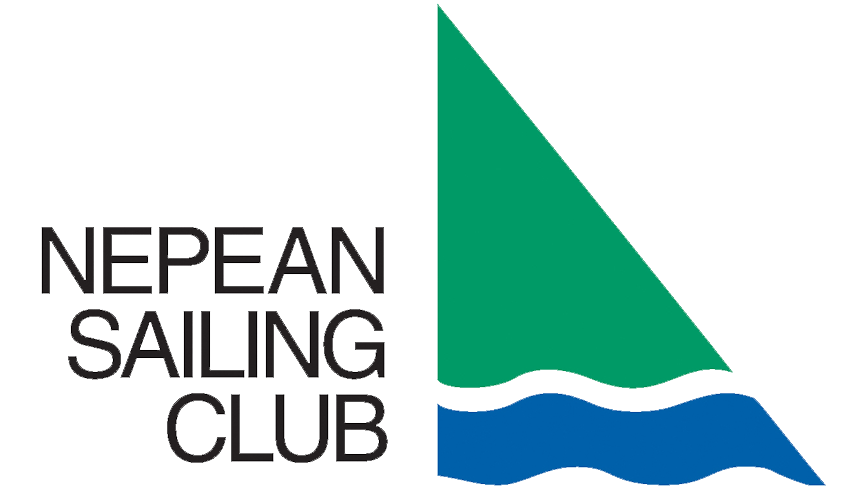Tecktalk - Tutorial on VHF Protocol
Telltale Article - by George de Witte.
The VHF tutorial that follows below was first published as a section in a Safety Corner style article in the June 2005 Telltale. Since the content should be of long term interest to the NSC membership it is archived here in shortened form in the TechTalk section of the NSC website.
VHF Radio Protocol
By law you are required to have a Restricted Operator Certificate - Maritime (ROC-M) in order to operate a VHF radio on a pleasure vessel. However anyone who has listened to Ch16 on a Sunday afternoon will agree that a great number of people on the VHF obviously don't have the ROC-M certificate or have even bothered to study a training guide. It also appears that it is not a high priority issue for law enforcement agencies. Although I can pontificate all I want, I know that the majority of NSC members will not rush out and get their ROC-M. So let me summarize some of the most important rules.
Ch 16 is for distress and hailing only. After you have made contact SWITCH TO A WORKING CHANNEL Let me repeat that SWITCH TO A WORKING CHANNEL.
Conversations should be brief and businesslike. No extended social conversations are permitted. Also profane language is strictly prohibited. Keep in mind that you are on a public radio facility so behave yourself. Everyone knows you are an NSC boater!
If there is an emergency ongoing keep Ch16 clear from ordinary traffic.
The proper hailing format is: Called Boat Name (3x). This is Calling Boat Name (2x). Over. In that order and not the other way around. If no response is received wait a few minutes and try again.
There are a number of working channels designated for official purposes and not to be used by pleasure boat operators for regular conversations. It is area dependent and since there is not much commercial activity on our river, it is not that important. But stay away at least from Ch21 (Coast Guard), Ch68 (ship-to-shore) and Ch70 (Distress Digital Selective Calling) In other parts of the world Ch6, 9, 10, 11 and 13 are in use by operators like bridge and lock tenders, tow boat services and harbour pilots. In general it is best to listen before talking.
Mayday calls are for life threatening emergencies and taken very seriously by the rescue authorities. DON'T FOOL AROUND. The format for a Mayday call is: Mayday (3x), This is Calling Boat Name (3x). State your position and nature of the emergency. PanPan calls are for other emergencies. The format is the same except substitute PanPan for Mayday. Security ( pronounced securitay) calls are for safety warnings like there is a floating log near Aylmer Island The format is : Security (3x) To all stations. This is Calling Boat Name. State your position and course and nature of safety issue.
If you have a handheld VHF radio in a belt holder, try not to sit on the talk switch. You are tying up Ch16 until the battery dies and since you are transmitting, you are not receiving. So all the good people telling you to get off Ch16 in varying degrees of (illegal) profanity are not reaching you. We witnessed this once on our trip south. Too bad the fellows were swapping fishing tales and nothing more personal.
If you want to pretend you possess your ROC-M, pronounce Ch16 as "channel one-six" rather than "channel sixteen". The next level of proficiency involves knowing the radio alphabet (Alpha, Bravo, Charlie etc) so you can phonetically spell the name of your boat in case it has a Celtic origin.
If I did manage to inspire you to improve your VHF skills and knowledge, you can get more information from the Canadian Power and Sail Squadron. They are authorized by Industry Canada to certify examiners and issue ROC-M's. A local company, The Navigators run by our own Jim Ewart also offers study guides, courses and examination.
